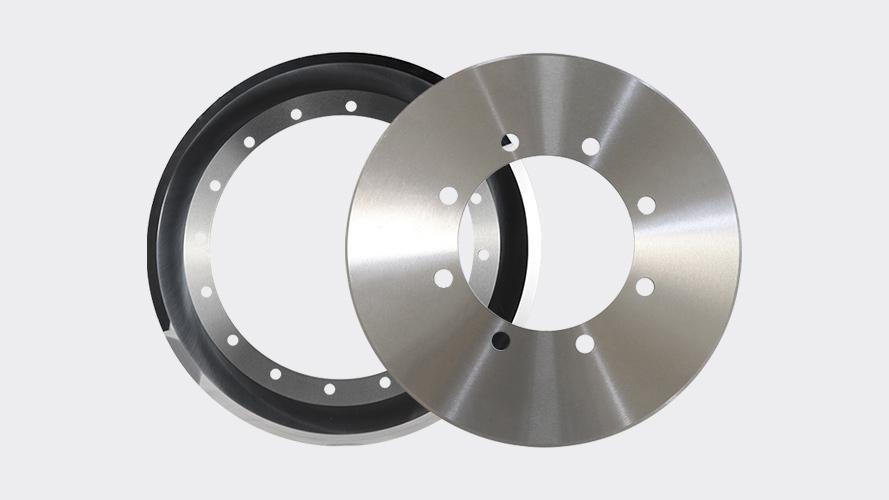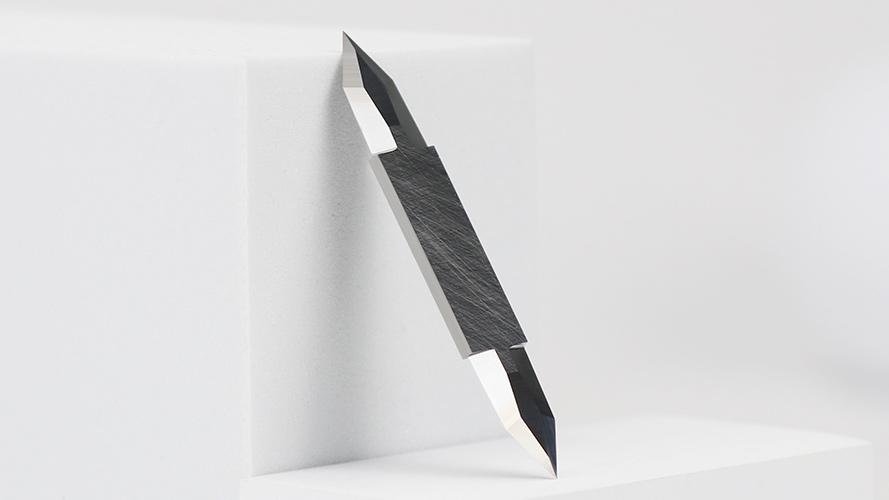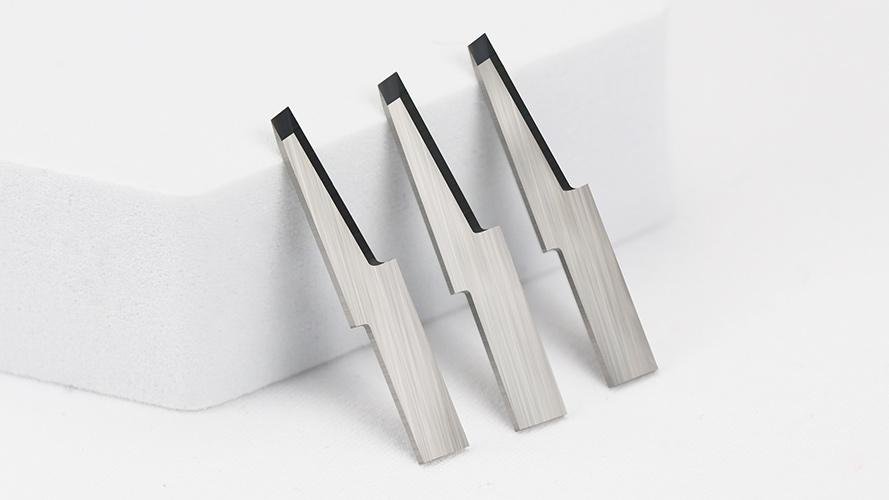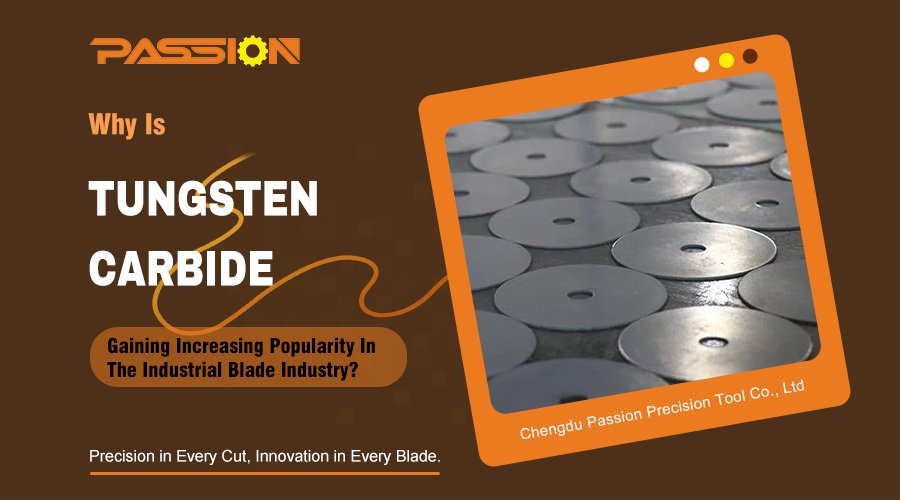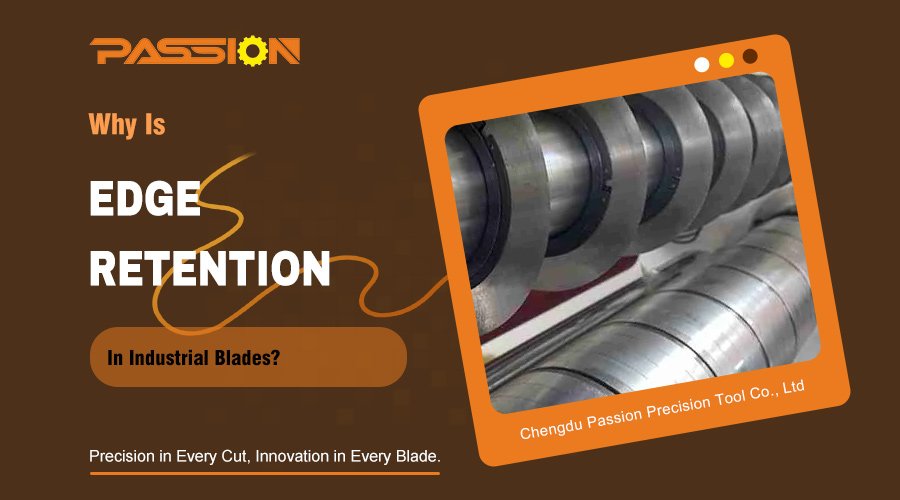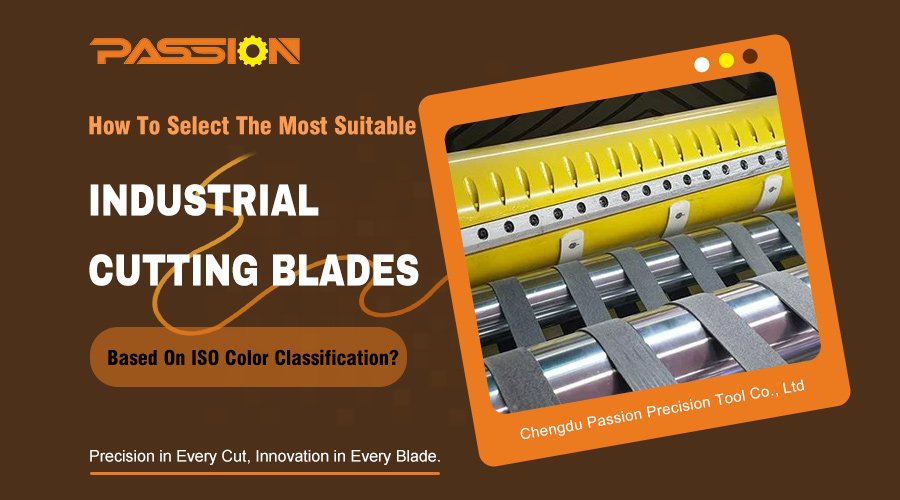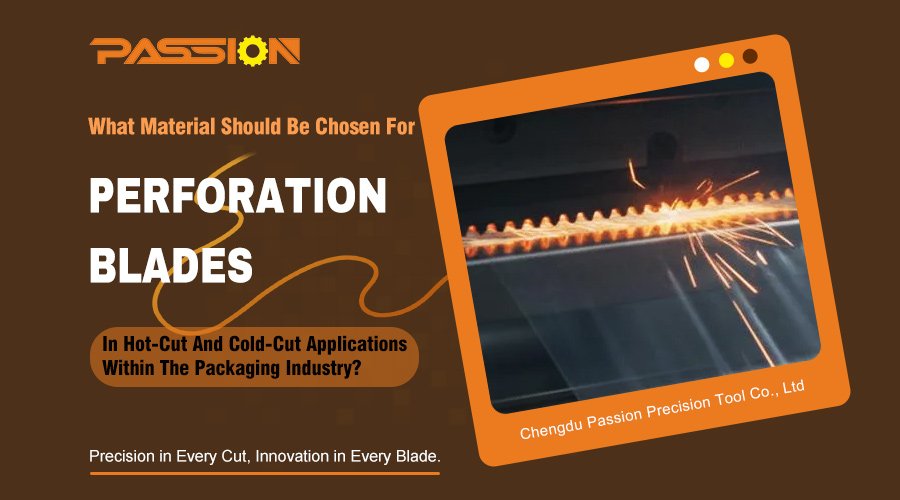Choosing the wrong blade leads to costly downtime and wasted material. This choice is critical for your production line’s success. You need to know which material best fits your specific needs.
Tungsten carbide1 is more suitable for cutting abrasive materials at high speeds due to its extreme hardness and heat resistance. Steel is better for applications with heavy impacts or vibrations because of its superior toughness and cost-effectiveness. The best choice depends entirely on your operational challenges.
I've been helping companies solve their cutting problems since 2020, and this question comes up all the time. It’s not about finding the "best" blade material. It’s about finding the right one for your job. A blade that works perfectly in one factory can fail completely in another. Let's dig deeper into the real-world differences between these two materials to see which one is the intelligent choice for your production line.
Why Is Tungsten Carbide The Benchmark For Ultimate Performance?
Do you need blades that just keep cutting with perfect precision, shift after shift? Standard blades often wear out too quickly on tough materials. This means constant machine stops, quality issues, and rising costs.
Tungsten carbide is the benchmark for performance because of its incredible hardness and ability to stay sharp at very high temperatures. This means it lasts much longer and maintains precision, especially when cutting abrasive materials like fiberglass or carbon fiber.
When your production demands the absolute best, cemented carbide is often the top choice. Its power comes from its unique material properties. It's a true workhorse for non-stop production goals.
Exceptional Hardness And Wear Resistance
Carbide is extremely hard. Its hardness is rated over 90 on the HRA scale. This is more than twice as hard as high-speed steel. What does this mean for you? It means the blade's cutting edge lasts significantly longer. It stays sharp when cutting very abrasive materials. Think of things like carbon fiber, glass fiber, and plastics with high filler content. A steel blade would dull very quickly, but a carbide blade keeps going. This longer tool life reduces downtime and blade replacement costs.
Superior Heat Stability2
Heat is a big enemy for cutting blades. High-speed cutting generates a lot of friction and heat. Many materials soften when they get hot, causing the edge to dull and deform. Carbide is different. It keeps its hardness even at temperatures over 800°C. This exceptional thermal stability means it can handle demanding jobs like high-speed dry cutting without failing. It’s a key reason why carbide is ideal for achieving "non-stop production."
The Challenge: Brittleness And Impact
But this ultimate performance has a trade-off. Extreme hardness also means low toughness3. Carbide is brittle, like glass. It can't handle strong impacts or heavy vibrations well. I remember a client who faced this exact issue. They were cutting carbon fiber-reinforced plastic (CFRP4) sheets at high speed with our carbide rotary blades.
| Problem Details | Description |
|---|---|
| Issue | Edge chipping during continuous operation. |
| Symptom | Micro-cracks appeared on the blade edge after a few hours. |
| Result | The blade started leaving burrs on the CFRP surface, ruining the quality. |
After investigating, we found the cause. Their material feeding system had excessive vibration, and the clamps weren't strong enough. This constant shaking created impact fatigue on the brittle carbide edge, causing it to chip. The blade material itself was good, but the operating conditions were wrong for it. We worked together on a complete solution. We helped them optimize their clamping system to reduce vibration. Then, we supplied a special fine-grain, high-toughness grade of carbide. Finally, we added a PVD coating5 to further protect the edge. This story shows that even the "best" material needs the right environment to perform.
When Is Steel A Smarter Choice Than Carbide?
Are you worried about unpredictable impacts from things like staples or hard contaminants in recycled material? A single shock can shatter an expensive carbide blade. This stops production and costs a lot to fix.
Steel is a smarter choice when toughness and cost-effectiveness are your main concerns. It absorbs heavy impacts without breaking. Steel is also easier to machine and regrind, making it perfect for complex operations or when you need flexibility.
Even though carbide is incredibly powerful, high-performance steel blades are still a vital part of the industrial world. They are the pillar of many operations for very good reasons. Their strengths lie where carbide has weaknesses.
The Power Of Toughness
The biggest advantage of steel is its toughness. It can absorb and withstand severe impacts and machine vibrations that would crack a carbide blade instantly. This makes steel the irreplaceable choice for automated production lines where conditions can be complex and unpredictable. For example, if you are cutting recycled plastics, there might be small metal pieces mixed in. A steel blade can often cut through them or take the hit without shattering. This reliability is crucial for keeping the line moving. It prevents catastrophic failures and gives you peace of mind.
Cost And Machinability
Steel is also more practical from a manufacturing and maintenance perspective. It is much easier and cheaper to machine into complex blade shapes. If you need a blade with an intricate profile, making it from steel is far more economical. On-site regrinding is also simpler and faster with steel. This gives you a high level of operational flexibility. The initial purchase price of steel blades is lower, and the total lifecycle cost is often much more attractive, especially for small to medium-sized operations.
The Limitation: Red Hardness
Of course, steel has its limits. Its main weakness is "red hardness6," which is its ability to stay hard at high temperatures. Steel's hardness drops significantly when temperatures stay above 300–500°C. This makes it unsuitable for the ultra-high-speed continuous machining that carbide excels at. We can see a clear comparison here:
| Feature | Tungsten Carbide | High-Performance Steel |
|---|---|---|
| Hardness | Extremely High | High |
| Toughness | Low | Very High |
| Heat Resistance | Very High | Moderate |
| Initial Cost | High | Low |
So, if your cutting speed is moderate and your main challenges are impacts and cost control, high-performance steel is without a doubt the more intelligent choice.
Conclusion
Carbide is best for extreme wear resistance and high-speed cutting. Steel is the intelligent choice for withstanding impact and controlling costs. The right choice is about matching the blade to your specific job.
Explore the benefits of Tungsten carbide for cutting, including its hardness and heat resistance, to enhance your production efficiency. ↩
Understanding heat stability is crucial for selecting the right cutting tool, ensuring efficiency and longevity in production. ↩
Understand the importance of toughness in cutting tools and how it influences their performance in various applications. ↩
Understand the specific challenges of cutting CFRP and how to choose the right blade material for success. ↩
Explore the advantages of PVD coating for cutting tools and how it enhances performance and durability. ↩
Learn about red hardness and its significance in maintaining cutting tool performance at high temperatures. ↩


